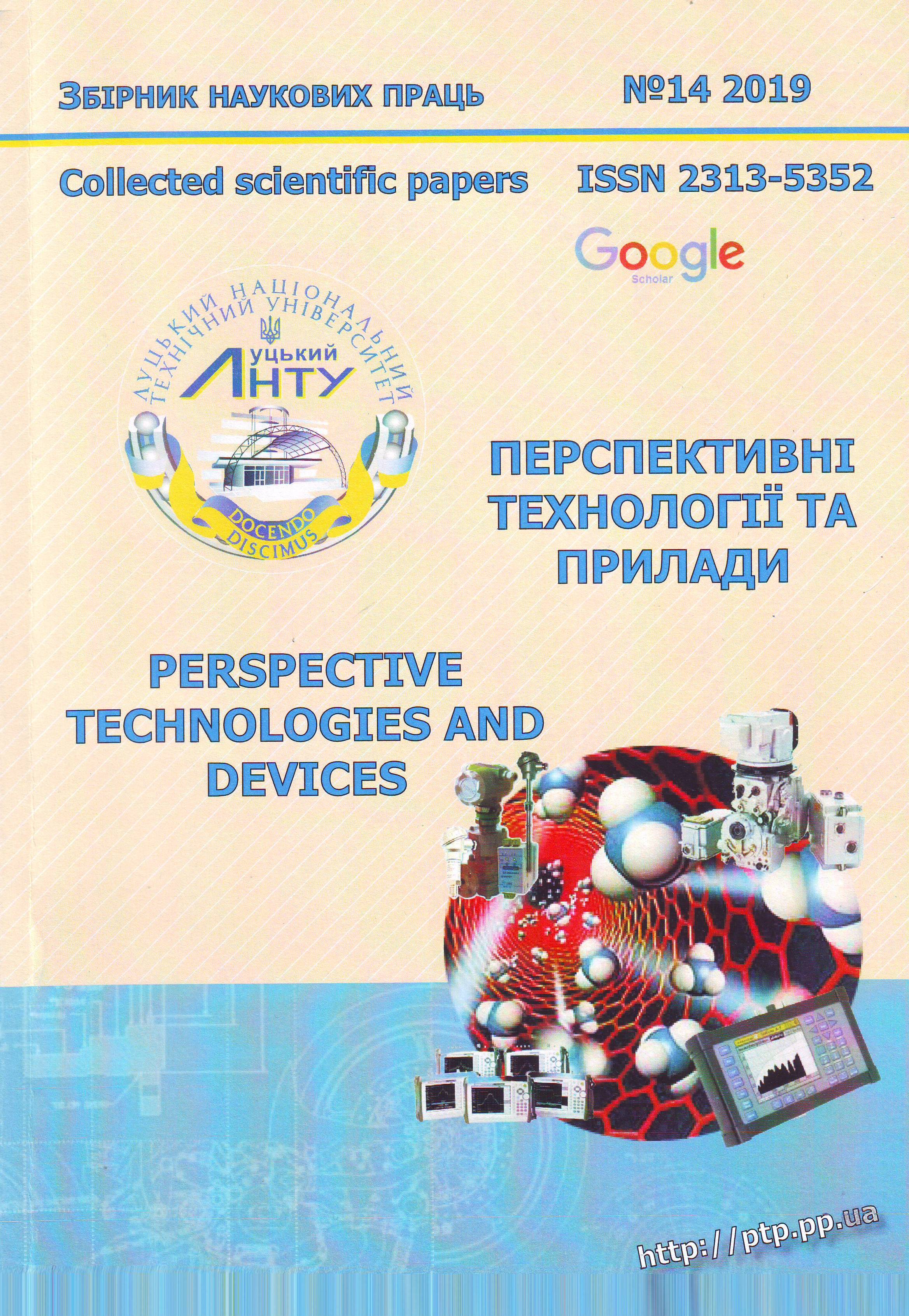MATHEMATICAL MODEL OF THE INITIAL STAGE OF THE FORMATION PHASE OF AN IMPACT OF THE PNEUMATIC DRIVE WITH A MECHANICAL CONNECTION BETWEEN THE PISTON-DRUMMER AND THE CONTROL SYSTEM
Abstract
Pneumatic drives are characterized by higher reliability compared to other types of drives during operation in adverse conditions. However, compressed air is a rather expensive energy source. Therefore, the task of cheapening the operation of pneumatic machines has become of particular urgency today. An effective solution to this task is a thorough analysis of drive cycles to identify the phases with the highest energy intensity and the search for constructive solutions to reduce it.
The object of the study is a pneumatic drive of percussion machines with a mechanical connection between the piston-drummer and the control system. In this paper the phase of filling the chamber of the working stroke of such a drive is investigated as having a decisive influence on the formation of the power characteristics of a percussion machine and is directly related to the consumption of compressed air. The phase is considered to be divided into the initial and final stages, in which the formation of the driving momentum for the motion of the piston-drummer occurs.
A detailed analysis of the initial stage has been made, its mathematical model has been developed, which should be used in the design of energy-saving constructions of pneumatic drives of the type under consideration. Its use will facilitate the task of obtaining the specified energy characteristics and the speed of the percussion machine and selecting the optimal values of the design parameters of the drive at optimal compressed air consumption.


 https://scholar.google.com.ua/citations?
https://scholar.google.com.ua/citations?

